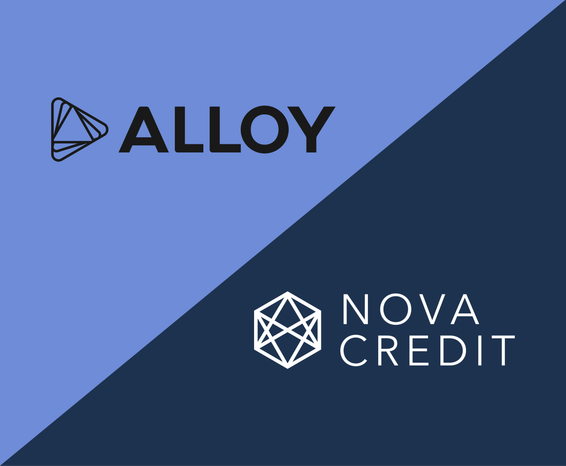Share
How leading banks and fintechs are verifying thin-file applicants
May 8, 2023

In 2021, the Federal Deposit Insurance Corporation (FDIC) estimated that 14.1% of US households were underbanked — meaning that they had a bank account, but still used non-bank transactions and/or non-bank credit to help manage their finances. It's a similar story in other developed economies. In 2021, LexisNexis Risk Solution found around 13.2% of UK adults were defined as potentially financially excluded — i.e., they would struggle to access the most affordable credit. Many members of the underbanked population have no or thin credit files — which, in a classic case of what comes first, the chicken or the egg — makes it even harder for them to acquire a credit card.
The implications of being underbanked run deep. Aside from the direct difficulties that come with the lack of access to traditional credit or loan options, it becomes increasingly difficult to complete tasks like finding a place to live or getting a car.
What is the difference between unbanked and underbanked?
A person is considered “unbanked” if they do not have a checking or savings account at a financial institution. A person is considered “underbanked” when they have a traditional bank account, but do not have access to traditional loans or credit, leading them to rely on alternative financial services such as money orders, check cashing services, and payday loans to manage their finances.
Who is underbanked?
Typically, unbanked and underbanked rates are higher for individuals from marginalized groups, such as people of color. In the US, 9.3% of White households were underbanked in 2021, compared with 24.7% of Black households and 24.1% of Hispanic households.
Both immigrants and younger people are also more likely to be underbanked because they commonly have thin credit files (or are credit invisible altogether). In a recent study conducted by Nova Credit, nearly half of the immigrants they surveyed cited a credit card as the product they had the most difficulty getting upon moving to the US. Meanwhile, LexisNexis Risk Solutions reported younger generations in the UK (those under the age of 35) account for almost half (45%) of all those classed as having a thin credit file.
Offering credit to underbanked populations is possible
Despite various neobanks and fintech companies — such as Petal, Chime, and Stash — popping up over the past several years to serve the traditionally unbanked and underbanked populations, the underbanked population is still a largely untapped market.
But how can organizations safely verify and underwrite these populations?
I asked experts from Alloy, Equifax, Nova Credit, Zest AI, and Ocrolus to find out. Check out their responses below:
How do you verify immigrants’ identity if they don’t have a national identity number or national insurance number, such as the US SSN?
If an applicant has little or no credit history, what other resources can you use to underwrite them?
What is your recommendation to a bank or fintech that is hesitant to move away from traditional onboarding/credit policies?
How do you mitigate fraud for thin-file applicants?
How do you provide lines of credit to people under 18?
Thanks to our partners, Equifax, Nova Credit, Ocrolus, and Zest AI for contributing to this piece! Together we are making a more accessible financial industry.











